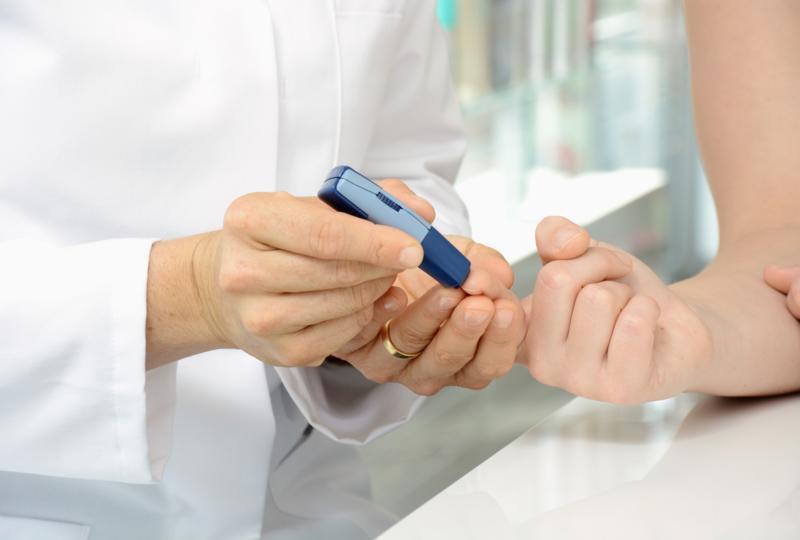Understanding Pain in Diabetic Neuropathy
Understanding Pain in Diabetic Neuropathy
When a patient has diabetes and it is left untreated or is not under control, lifelong damage can occur. This damage can be repaired slightly by the body, but the person will never again have a completely damage-free body. Painful diabetic neuropathy (PDN) is a concern for anyone that has diabetes that is hard to control. Studies of PDN began as early as 1880, and much more about the condition has been discovered throughout the years.
Anyone who suffers from diabetes and leaves it untreated, or if it is not well controlled, risks causing lifelong damage to their body, and although this damage can be repaired slightly, the individual would never be able to fully heal from it. PDN, or painful diabetic neuropathy, is said to be a concern for most people who suffer from diabetes, and it is often hard to control. During the 1880’s, doctors began to see a pattern in diabetic patients who were also experiencing continuous pain. This kind of pain was often seen in the limbs or certain parts of the body, and if it remained in the entire limb, then the whole appendage would become useless since the pain resulted in much more damage. This pain is not always the same; some patients are known to have mild pain that hangs around throughout the day, whereas others may experience specific pain points which, when touched, cause considerable pain. Clothing on top of that can turn out to be a major irritant, even if it only slightly brushes the sensitive part of the skin, or if it is tight clothing. At times, people have felt the pain inside the bone as well.
PDN has been recognized as one of the conditions experienced by many diabetics when their poorly managed disease has caused damage to their nerves, leading to chronic pain throughout the body. This pain can differ from person to person, and so treatment for it should also be based on the individual. Once the damage is done, there is little one can do to repair it. The body may heal somewhat once the problem has been corrected, but it can never recover completely. First, the symptoms will have to be kept under control to avoid any further damage, and the pain will need to be managed with the help of medications such as antidepressants or anticonvulsants.
The central nervous system is known to be closely tied to PDN in that the spinal cord can become damaged, leading to chronic episodes of pain. The dendrites are impacted when the spinal structure changes due to the damage caused. Some medical fraternities use animal models to carry out much of their testing, but obviously, animals are not able to tell researchers everything they need to know concerning pain; one of the main aspects of diabetes is numbness in the limbs, and animals are not able to express any quantifiable opinions about numbness to the scientists. But the researchers can observe and then speculate as to when the animals feel certain sensations or pain. It is closely linked to the behavior of the animal. For example, if they are trying to avoid any kind of activity, then it is assumed that they are in pain or there is some sort of unpleasant sensation being experienced. So, animal models cannot be deemed perfect in the creation of proper treatment plans.




